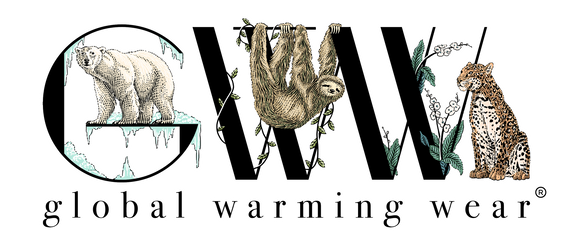A World Without Wetlands: Why are They Disappearing? (Part 2)
As we mentioned in our previous blog post, A World without Wetlands: Why are They Important? (Part 1),wetlands are some of the most productive habitats on the planet. Yet, they’re disappearing at an alarming rate!
Surprisingly, most people don’t know about this problem. So, if you’re part of this group, don’t worry. In this article, we’re going to explain what’s driving this loss and how it’s affecting biodiversity.
But more importantly, you’ll discover what you can do to help!
Why are Wetlands Disappearing?
Unfortunately, several factors are causing the degradation and loss of wetlands.
Frequently, decision-makers transform these ecosystems to use them for other purposes, like agriculture and urbanization. However, land-use change often causes irreversible damage to these natural areas, especially in places with poor environmental regulations.
Similarly, disrupted flows from dams, dikes, and canalization can disturb wetlands too. If that’s not enough, sediment dumping from deforestation and soil erosion upstream can also impact them. What’s worse, untreated wastewater released into wetlands can cause excessive plant growth, which results in oxygen starvation for flora and fauna alike!
And let’s not forget about climate change, rising sea levels, and the introduction of invasive species. These factors can also destroy the ecological balance of these valuable ecosystems.
How Does This Problem Affect Biodiversity?
Since a large number and variety of organisms depend on wetlands, the populations of many species are also declining. The most affected species are mammals, birds, amphibians, and corals.
To give you an idea of how bad this problem is: Some studies suggest that more than 25% of all wetlands plants and animals are at risk of extinction!
What is the Ramsar Convention?
Fortunately, there are some efforts to conserve the remaining wetlands!
The Ramsar Convention, for example, is a global treaty ratified by almost 90% of UN member states to protect wetlands around the world. This convention provides the framework for the conservation and prudent use of wetlands.
Additionally, member countries must designate at least one wetland site within their territory for inclusion in the List of Wetlands of International Importance. The good news is that there are over 2,400 Ramsar Sites around the world!
Ramsar sites are recognized as being of significant value for humanity as a whole, so this convention encourages member countries to maintain their ecological character.
What Can We Do to Protect Wetlands?
That said, let’s remember that wetlands are often undervalued. So, it’s important to do everything in our power to protect them.
Here are some ideas:
You could start by educating others about the benefits of having a healthy wetland. Another great option would be to support wetland-conservation initiatives in your area. When possible, you could even participate in tree planting activities!
Likewise, you could join forces with other members of your community to demand decision-makers to restore ecosystems that have been degraded and use the remaining wetlands wisely.
But it is not all gloom and doom. We still have time to protect and restore these valuable ecosystems. Learning about these environmental issues is the first step to guaranteeing a sustainable future for all!
Sources:
